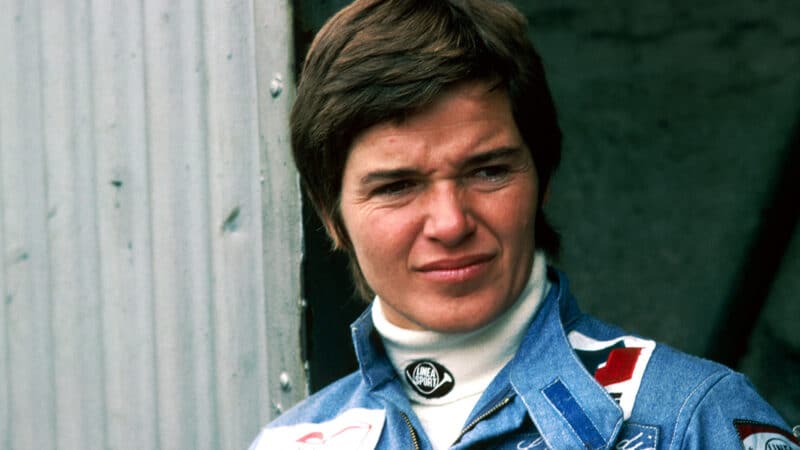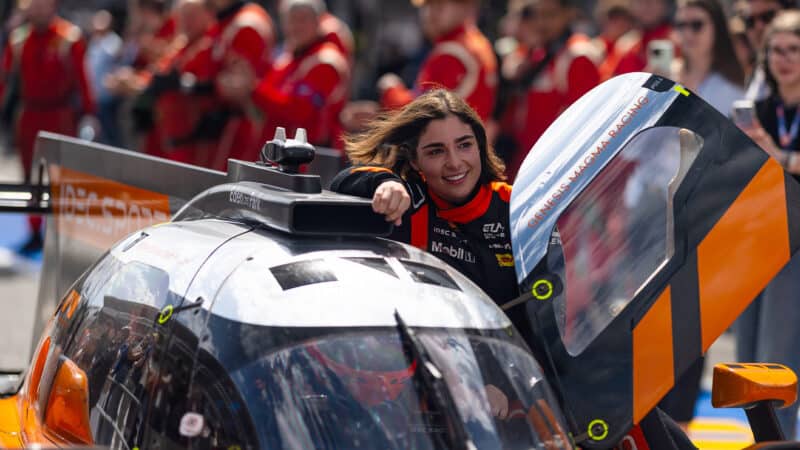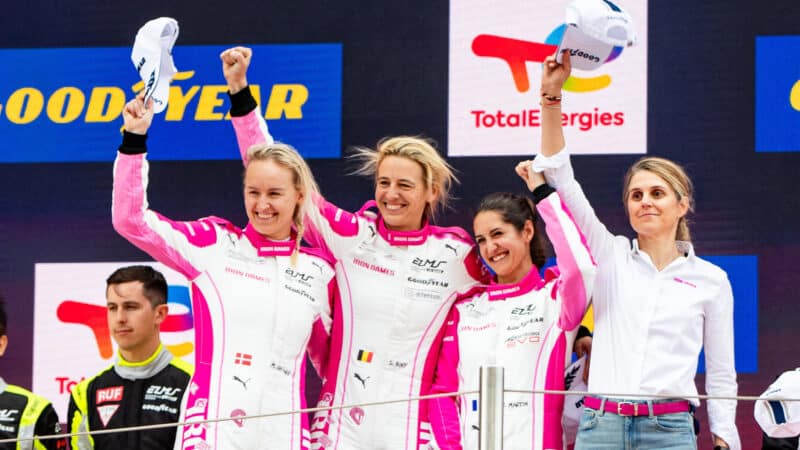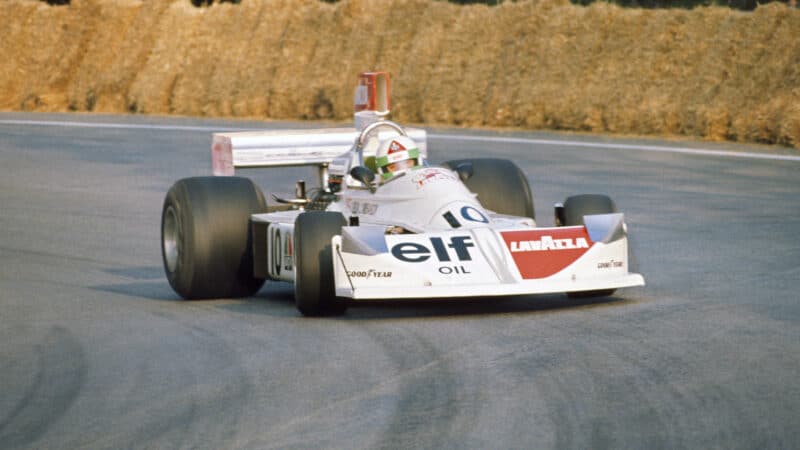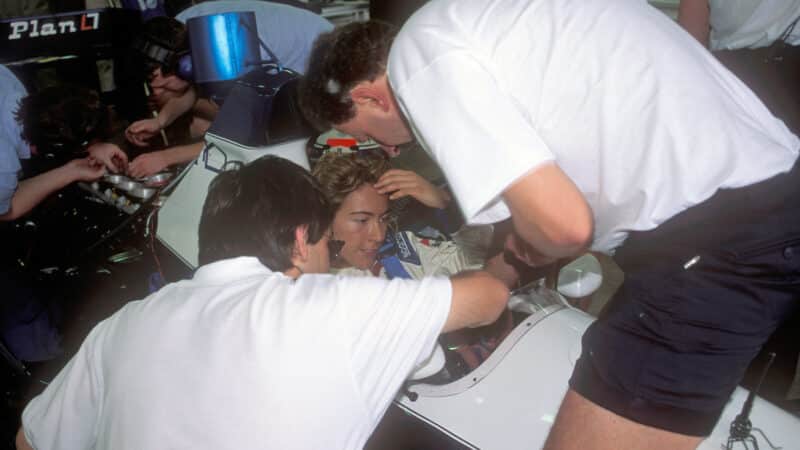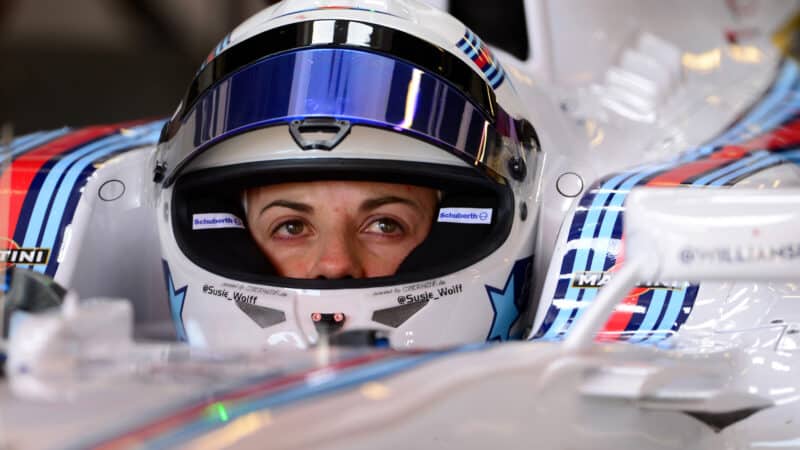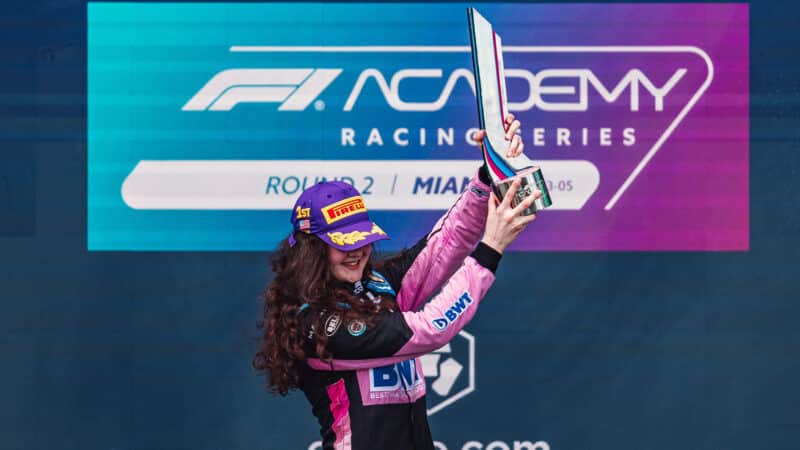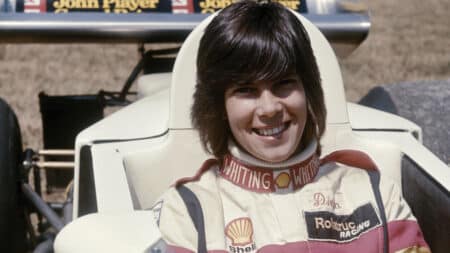Elsewhere teams do employ women racing drivers in advisory roles, including Jessica Hawkins at Aston Martin and Jamie Chadwick at Williams, who was previously a development driver for the outfit. While their chance of competing in F1 looks to have passed, these are still important positions, not only to guide the next generation of talent but to also be a visible ‘woman in motorsport’: see it and you can be it.
The trouble is that this is not progress. Although it feels like there’s never been more attention and money thrown at supporting women in racing, I can’t help but feel we’ve taken steps backwards in the hunt for F1’s next female driver.
Looking back a decade, two teams had women employed in driver roles with Wolff at Williams and Simona De Silvestro as an “affiliate” driver at Sauber. In the space of a few months in 2014, De Silvestro took part in positive tests with Sauber at the Fiorano and Valencia circuits, whilst Wolff completed her F1 weekend duties and a pre-season test at the Circuit de Catalunya
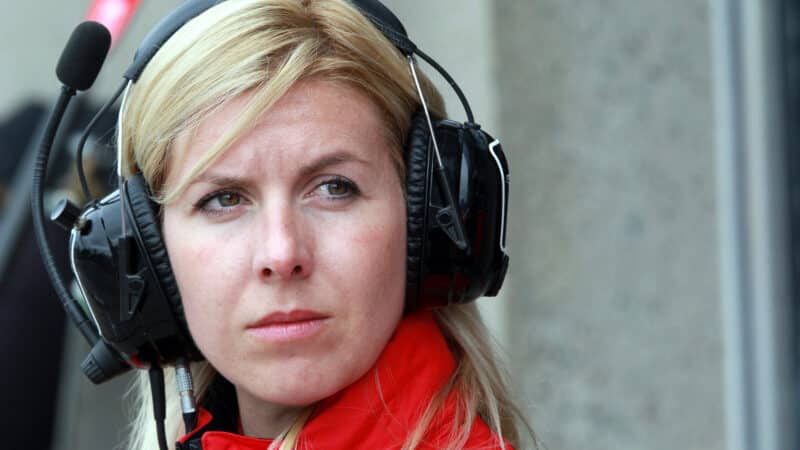
Maria de Villota’s hopes of an F1 rookie test place were ended after a serious testing crash
Grand Prix Photo
Before then, Maria de Villota secured the role of test driver at the Marussia team in 2012 with hopes that she would participate in the end of season rookie test. However, a serious collision with an articulated trailer when testing for Marussia mid-season at the Duxford Aerodrome ended her racing career.
Tatiana Calderón also gained experience as Sauber’s development driver, before being promoted to test driver at the start of the 2018 season. During her time in the role, she completed several tests and got behind the wheel at promotional events, with Sauber defining her performance as “excellent”. Carmen Jordá was also appointed as a development driver for the Lotus F1 team across the 2015 season.
